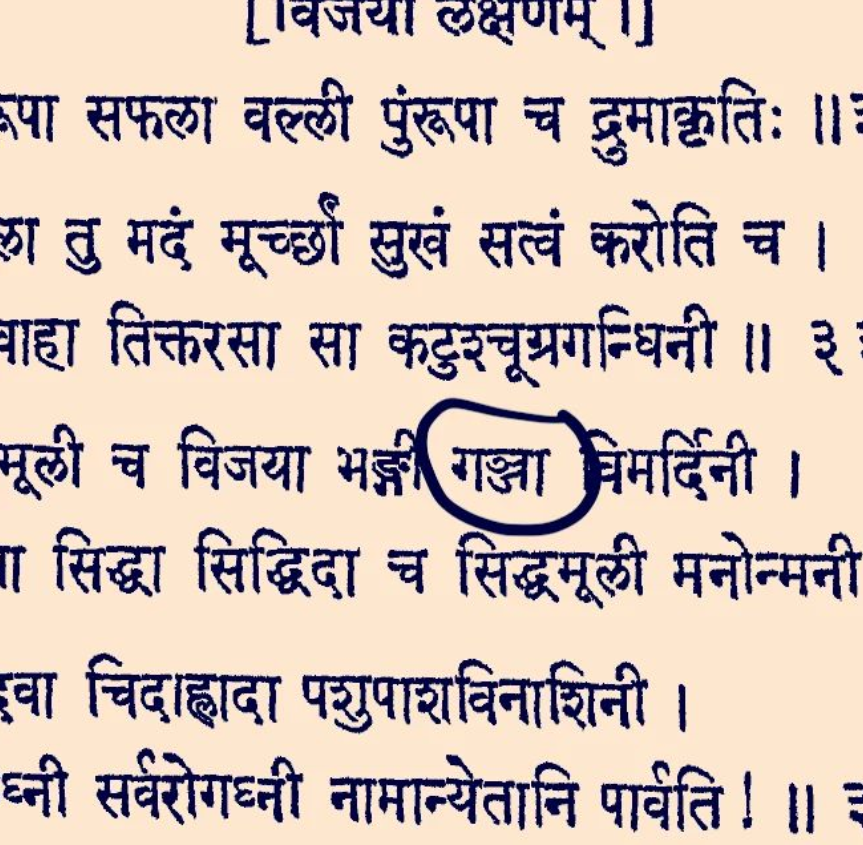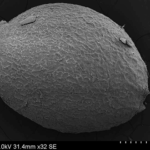‘Gañjā’ in the Ānandakanda, a compendium on alchemy from c. 15th Century India and arguably the first text in history to describe – or at very least strongly imply – the ‘sinsemilla technique’ for producing potent, resinous seedless bud (gañjā).
The Sanskrit name ‘Ānandakanda’ can be translated as the ‘Root of Joy’ or ‘Root of Bliss’. The text was probably compiled at Srisailam (Malikarjun), a Shaiva–Shakta temple complex in the remote jungle highlands of what’s now Andhra Pradesh, southeast India.
‘Ānanda’ was until recently most famous globally as the name of the faithful attendant of the Buddha.
In 1992, the term – which in Sanskrit, Pali, and so on means ‘joy, bliss, delight’ – was applied to a newly discovered endocannabinoid neurotransmitter that acts on the central and peripheral nervous systems of a wide range of animals. The lead researcher was the late Israeli scientist, Raphael Mechoulam, who coined the name ‘anandamide’.
For seeds of classic tropical ganja landraces that make ‘Thai stick’ and the like visit the categories named Tropical India, Tropical Africa, and Southeast Asia.






